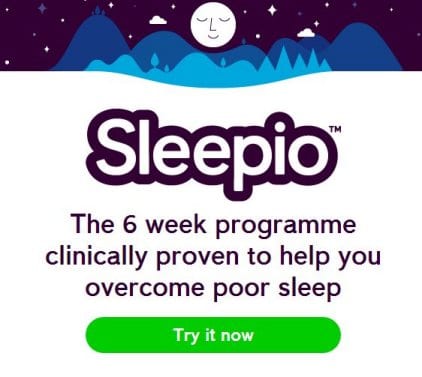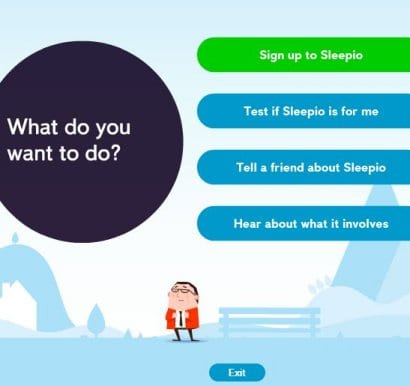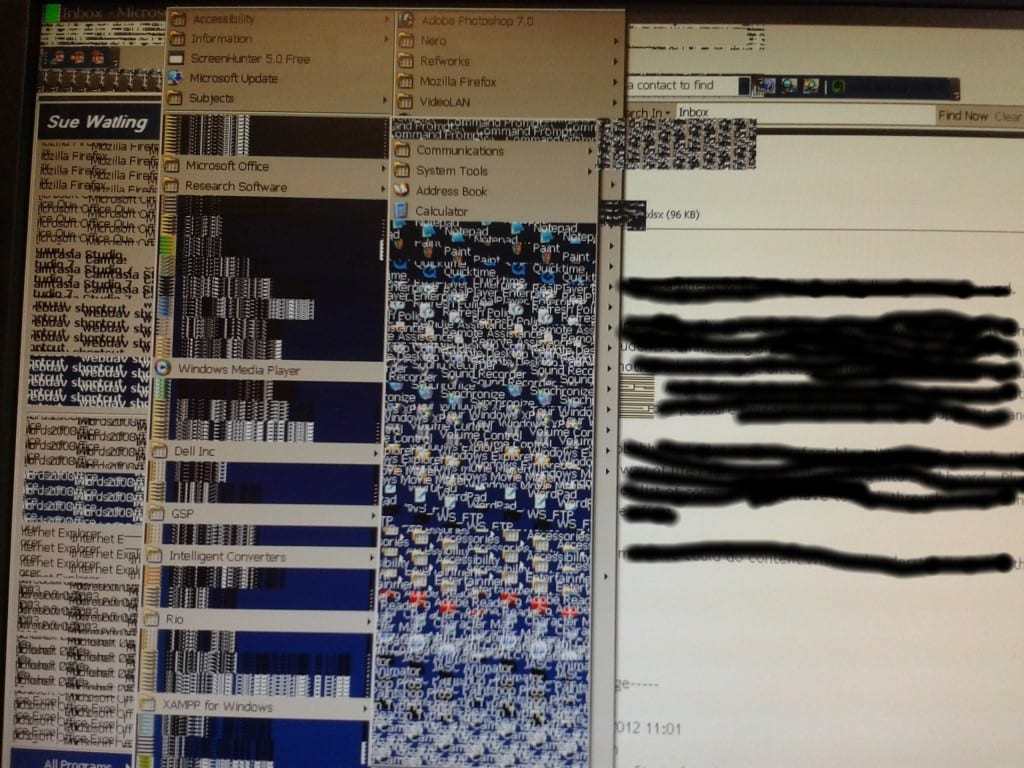In Week 4 we’ve been sharing pedagogical patterns, engaging with the BOTWOO concept (Building On The Work Of Others), been patronised (‘This is what we all do as researchers, but do much less as teachers. Teachers don’t find it that easy’) and partially ignored (many in the DIY Multimedia group and in Cloudworld are learning designers external to education; I’m in HE but not a ‘teacher’. The diversity of participants seems unrecognised yet we’ve agreed on the importance of designing for your audience and learner context in week 3. It’s been a good week – honestly – but maybe not in terms of MOOCing. I don’t mean to be grumpy – but OLDsMOOC is reinforcing some of my attributions and I never like it when that happens. In Week 4 I investigated the PPC Pedagogical Patterns Collector using the Pedagogical Patterns Collector guide but didn’t get very far – other than finding myself here in Week 5 and looking at making prototypes of my learning activities. Now we have moved into the realms of fantasy. I don’t know how to access to a programmer but I know I want one!!!
As if this were not enough cause for frustration, then the Wk 5 video transcript simply depressed me. I wanted to capture the part of the Week 5 video where DL compares ‘...something you can do yourself like a PowerPoint or sequence in Moodle‘ to how you communicate your idea for a digital design to a programmer. I thought this was a useful reminder of the digital divide between technologists and the day to day experience of most academic staff, but got sidetracked on finding the transcript is an image and this defeats the objective of providing one. Week 4 transcript was pdf. Not ideal but it could be copied into Word albeit with inconvenient line breaks. Text as an image is useless and misunderstands the potential of digitally inclusive practice. http://www.w3.org/WAI/PF/HTML/wiki/Media_Accessibility_User_Requirements
In DIY Multimedia we’ve stressed the importance of alternative formats from the beginning and it’s been reassuring to share awareness of the importance of this element of learning design. Providing digital content in a single fixed format assumes the MEE Model of computer access where users work via a Mouse for navigation and their eyes and ears for images and sound. This fails to reflect the diversity of ways people use computers and access the internet but the MEE Model underpins 99% of digital content. Learning designers have a critical role to play in challenging the limitations of single formats while championing the inherent flexibility of digital data to be customised to suit individual requirements.
One of my many problems with MOOCs is the divide between their potential and the reality. I blogged last week on the EPIC 2020 and Turning Point 2012 videos which present the threat posed through mass education by MOOCs. Back in the late 1980’s, the founders of the internet heralded the internet’s potential for democratic access. This isn’t happening and some days trying to keep inclusive practice high on the agenda feels like hard work.








